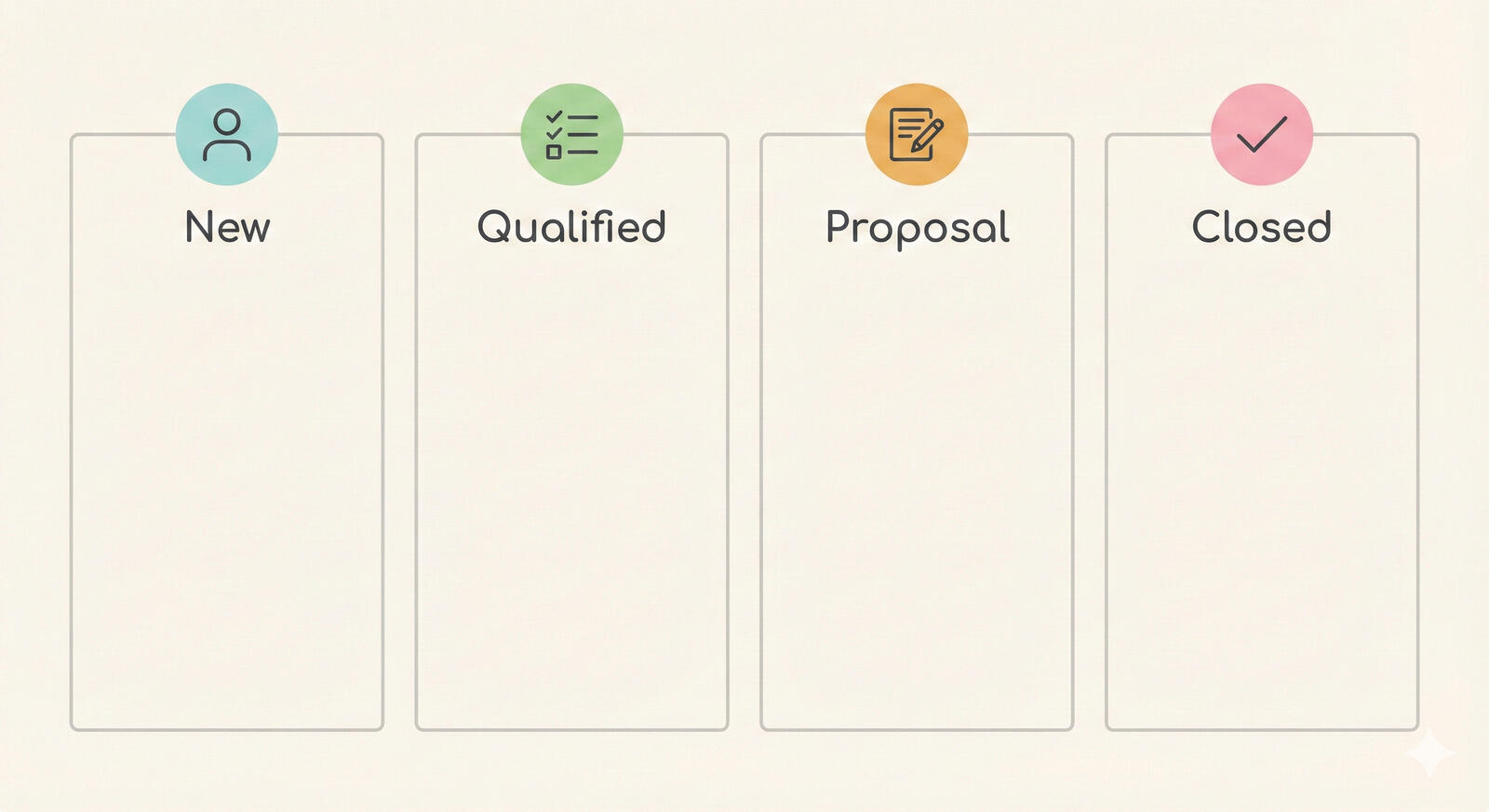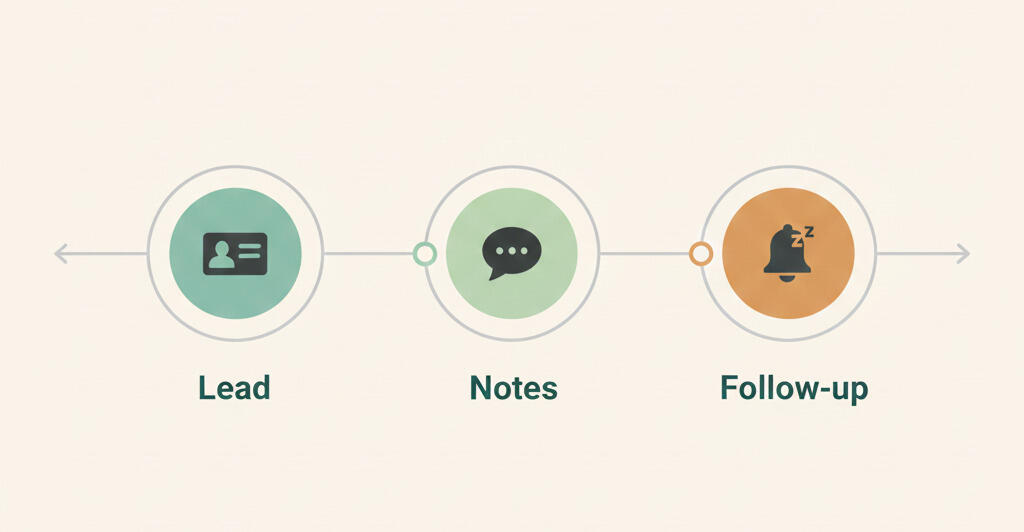Project milestones: how to define, track, and manage them
It’s common for people to celebrate milestones in life — securing one’s first job, earning the first paycheck, getting married, etc. These events mark specific exciting moments in a person’s life. Without such milestones, life can become monotonous. Similarly, without project milestones, projects too can become uninteresting.
If there are no checkpoints once a project kicks off, the project can seem never-ending. Teams would be struggling to reach the final project completion deadline. Hence, marketers, project managers, accountants, developers, designers, etc., usually follow a structured approach to project planning and scheduling. Milestones are considered crucial elements of such project plans. They help decision-makers and teams adhere to critical deadlines.
What is a project milestone?
You would have seen stones built by the side of roads indicating the distance to a specific place. While traveling long distances, these stones, known as milestones, give a fair idea of the distance already traveled from the starting point and the distance left to reach the destination. Project milestones are similar to these roadside markers. They mark significant events within projects.
Every project can be broken into groups of smaller tasks and phases. The end of each group of critical activities, the completion of a phase, etc., usually indicate project milestones. With the accomplishment of every project milestone, you’ll know how much you’ve already achieved. You’ll also know how long you’ll take to complete the project and how much effort the team will need to put in. Project milestones are especially relevant in the case of complex, long-running projects. While milestones mark the end of a phase or the completion of a significant portion of work, they also signify the beginning of another new phase or group of activities.

Why should you set project milestones?
By dividing a project into smaller and doable sets of deliverables, milestones make even large and complex projects seem achievable. There are several other reasons why project milestones are important.
1. They give clear direction to the project
As a marketer, designer, accountant, or manager, when you define project milestones at the beginning of every project, you’ll know exactly where you’re heading in the project. They’ll help you stay on track. With a clearer understanding of deadlines for specific deliverables, tasks, and phases, project managers can keep a tab on the project schedule and gauge if teams are falling behind promised timelines. You’ll be able to scale up efforts or reallocate team members to ensure on-time project delivery.
2. They help identify and address bottlenecks on time
Imagine working day in and day out on projects without keeping track of the different milestones you need to accomplish. If you’re stuck due to a single challenge, it may delay the delivery of the entire project. In such instances, clearly defined milestones will help you identify the exact set of deliverables causing the delay, so you’ll be able to address issues on time.
3. They simplify project communication with stakeholders
When project milestones are set and agreed upon at the start of any project, reporting progress becomes easy. Everyone’s on the same page with regard to deadlines. While everyone involved in the project, including client stakeholders, is aware of how the project should progress, creating and sharing the project status report against predefined milestones is easy.
4. They help prevent scope creep
When standard project management practices such as setting the project scope and milestones at the start of the project aren’t followed, the final result could be completely different from the client’s vision of the project. Client requirements could also change with time. Due to this, if project milestones are not clearly defined in the beginning, there could be numerous changes in the project scope during the course of the project. There could be a lot of re-work, and loss of time and money.
How to set and track project milestones
A simple project plan and effective project management can positively impact project outcomes. Be sure to set milestones in the project plan so you and your team can monitor progress and stay on track at all times.
Milestones should be checkpoints indicating significant moments within the project — usually moments that are worth celebrating:
- Winning a new project
- Project plan sign-off and client approval
- Successful project kickoff
- The completion of a project phase
Setting project milestones: The dos and don’ts
If you’re new to project management and aren’t sure about where to set milestones, here’s what you can do. Set milestones at these junctures:
- While creating the project plan, mark crucial tasks and activities within the project. These are activities for which, if there’s a bottleneck, the entire project may suffer.
- Long-term projects are generally divided into phases. The completion of every phase can indicate a milestone that the team can celebrate.
- Achieving challenging goals, such as moving into a new office, winning a certain number of followers on the company’s social media pages, and crossing a new revenue target may also be set as milestones.

That being said, how many milestones should you set for a project? Every deliverable within the project indicates progress, but not every activity should be marked as a milestone. Here are four don’ts:
- Don’t add too many unnecessary milestones, or project management can get confusing. Milestones carry significance for team members, clients, and other stakeholders, and when they are very high in number, their value is bound to go down.
- Don’t restrict visibility to milestones. Only when everyone on the project is aware of the milestones you’re setting, they’ll be motivated enough to achieve them.
- Don’t forget milestones once you’ve added them to your project plan. Follow through to ensure on-time accomplishment.
- Don’t wait for your next project to begin setting milestones. Though the ideal time to add milestones is at the start of the project, it’s never too late to add them. Check if you can add milestones for the remainder of your current project.
Project milestone examples
When project managers define milestones at the beginning of a project, they usually share the project plan and milestones with all stakeholders and the team. It helps ensure everyone’s on the same page. Sharing the details and obtaining required approvals also allows making changes so the milestones are practical and reasonable. Let’s consider two examples:
1. A branding or re-branding project
Marketing teams often work on branding exercises. For such projects, gaining approval after creating the logo and branding elements can mark the first milestone. Finalizing brand colors, type of imagery, etc., and developing a brand book, style guide, and a corporate presentation can mark the second milestone. Revamping all the pages within the organization’s corporate website — content and design — can mark the third milestone. Creating brand awareness and launching a marketing campaign to publicize the new branding can indicate the final milestone and the end of the branding exercise.
2. A building construction project
Here, obtaining the final approval for the building plan and design can be the first milestone. Laying the building foundation, marking the beginning of construction work, is the next important event in the project and can be considered the second milestone. Completion of the construction of every floor can be marked as a milestone. Finishing plumbing, carpentry, and electrical work can be the next milestone. Painting and interior work can be considered as another milestone, and the final handover can be the last milestone indicating project completion.
Project milestone tracking tools
There are plenty of options available for project milestone tracking. However, it’s essential to opt for the right tool or software, so project management and milestone tracking don’t overcomplicate work.
The humble notebook or paper and pen
Here, you can design your project plan the way you want and highlight milestones with your favorite color. There are no restrictions on the layout too. But sharing those project details with others working on the project or managing it can be challenging. Even if you create multiple copies of the milestones document, managing changes can be difficult. Furthermore, how long will those pieces of paper last? Hence, paper is good, yet not the best solution.
Microsoft Excel and Word
Plenty of ready-to-use project planning, management, and milestone development templates are available online. They can provide a good start and save time. You can also share milestones and other project details with the relevant team and stakeholders via e-mail. However, these templates can be very basic with limited scope for project-specific modifications. Version control can be another challenge as multiple users will be using the document. There is a high possibility of updates going into the wrong, older version.
Online tools
An online tool such as Breeze addresses all challenges that you would face while drafting project plans and milestones on paper, Excel, or Word. With Breeze, you can create project plans, set milestones, and manage even multiple projects simultaneously with ease. You’ll be able to customize workflows. Breeze displays dashboards to simplify reporting and offers a clear overview of to-do, in-progress, completed, and overdue tasks. You’ll also know how much effort the team would need to put in to achieve the next milestone. Sharing project updates and milestones with project users and stakeholders is super-easy. With a centralized platform where the whole team can collaborate, Breeze also takes away the worry of version control.

Track and accomplish project milestones with Breeze
Teams work together to ensure project success. Milestones, at specific junctures in the project journey, are not only parts of the process but also great events to celebrate success. Hence, while the team works toward achieving the same milestones, it’s only wise to opt for a simple yet practical tool such as Breeze. With Breeze, allocating tasks and activities to accomplish milestones on time, keeping track of the team’s progress, etc., can seem like a breeze.
Breeze is for everyone. It’s neither too basic nor overcomplicated. Get started now and learn how Breeze can make project management and milestone setting easy.








